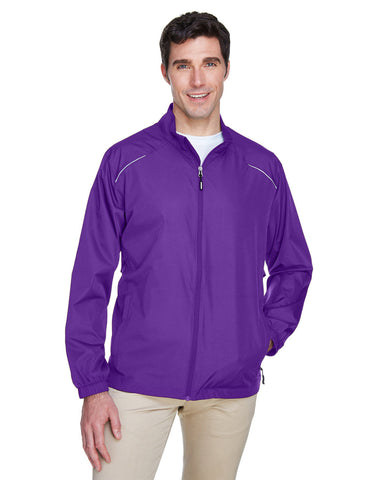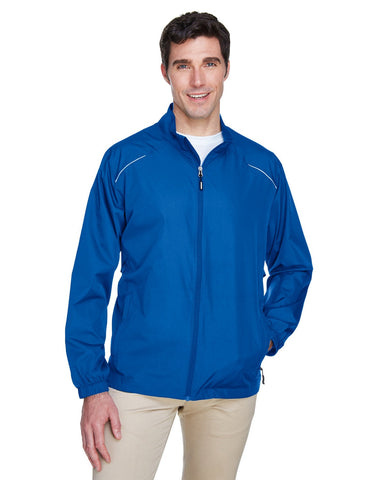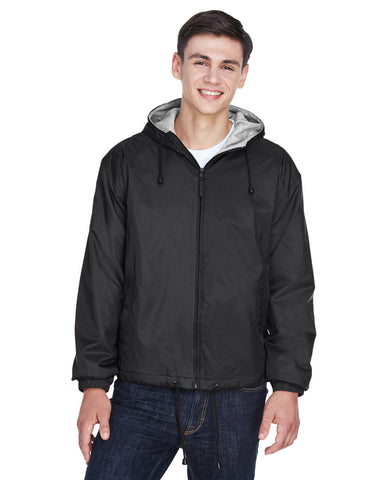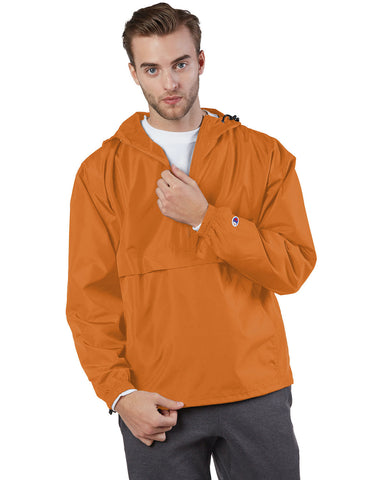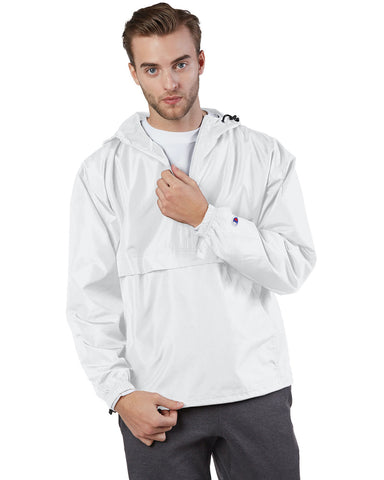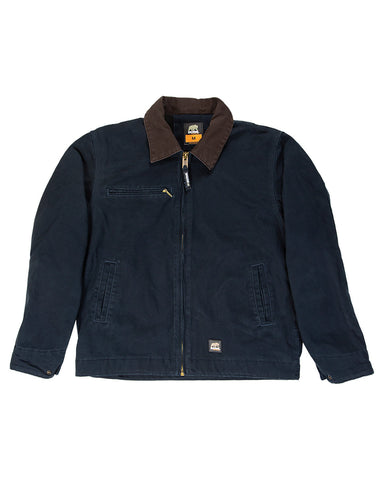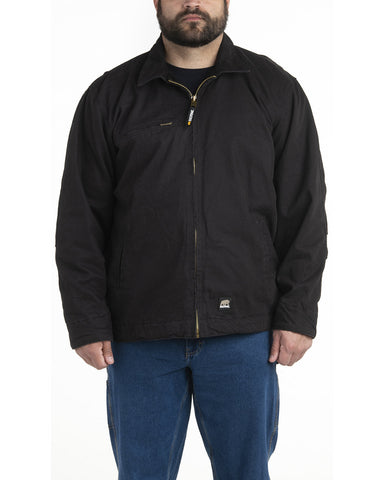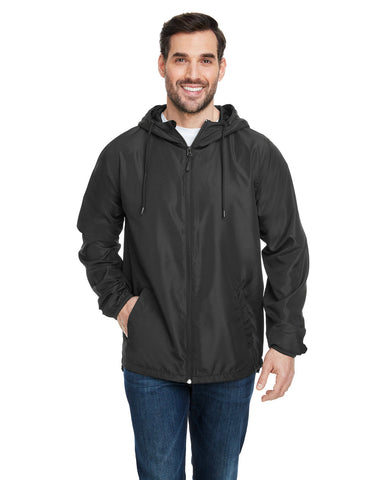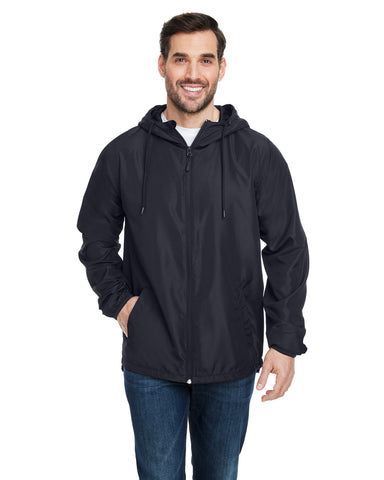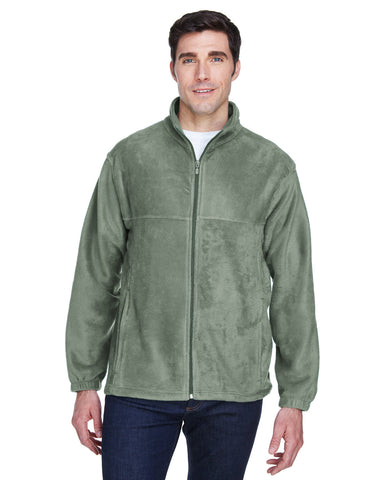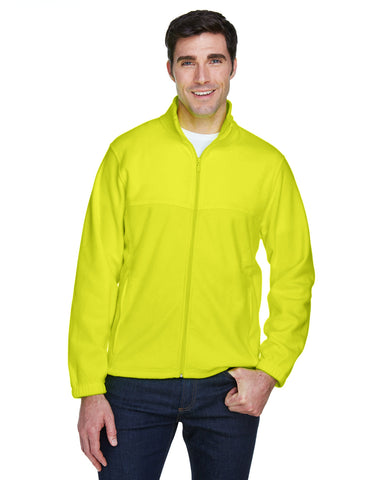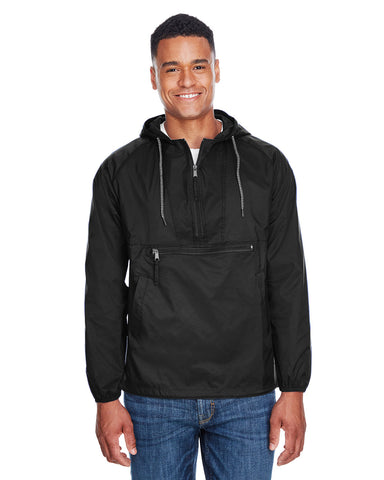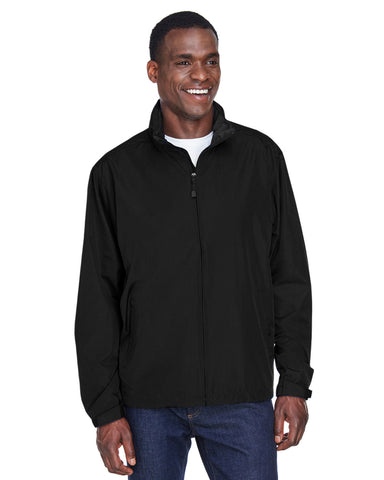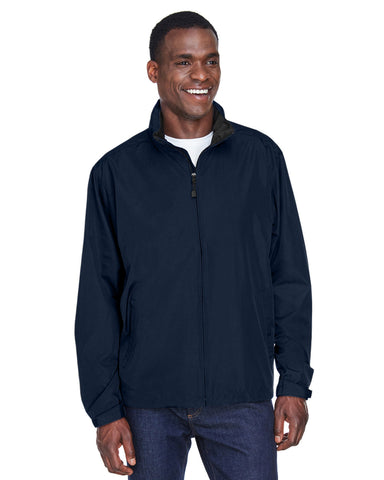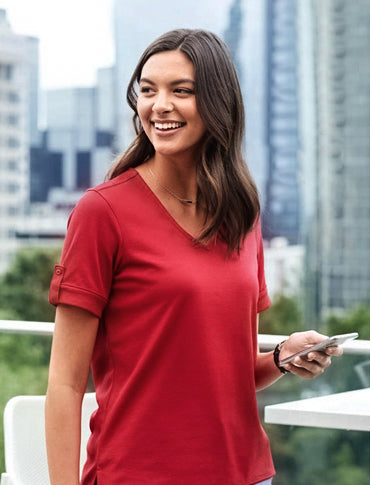Categories
Recent Articles
Featured Products
-
CAMPUS PURPLE
-
TRUE ROYAL
-
CAMPUS GOLD
-
CARBON
- + 8
Matching Color Outfits Guide: How to dress in colors with style

Color is not just a palette when it comes to the fashion world, it is more than that; it is a form of expression. An expression of your mood that reflects in your personality. The power of color in your outfit choices matters; it can make you stand out, blend in, or even convey your emotions without words.
The color is your paintbrush on the canvas of fashion. With an understanding of color theory, the mastery of color coordination, and practical tips for mixing and matching, you can craft outfits that go with the trend. If you are new to the fashion world or someone who wants to understand color theory, you have landed on the right side.
This guide will help you understand the full spectrum of color as the association of color can transform your look. The right combination of colors can give your features an entirely different look. Let’s explore the techniques of color; and how you can confidently pair colors to create trending outfits.
The Color Theory:

Before we learn about matching color outfits and how to style them, let’s explore more about color theory. Understanding color theory will give you a better perspective and a foundation. The wheel of the color gives your primary, secondary, and tertiary colors; and there is also a concept about complementary color schemes. Hence, it is important to understand the color spectrum.
The Colors and their Associated Emotions:

The color of your outfit possesses the power to evoke emotions and reactions. Supposedly, red relates to passion and seduction. Black is for sorrow and fear, Blue represents peace and calm, and yellow is for joy and bliss. Similarly, every color has a story and association; and people dress up and style their outfits based on color psychology.
The color theory allows you to make intentional and expressive choices based on the nature of the event.
More about Color Coordination:

Well, it is all about color coordination.
It is not just about wearing; it is about styling. You must learn about color coordination; how one single color can make you stand in the limelight. The monochromatic ensemble, where one color is dependent on the outfit. The power of complementary colors; positioned opposite each other on the color wheel, can create captivating visual tension. You can create high-contrast outfits once you get your hands on color coordination.
Adjacent colors on the color wheel create analogous color schemes that offer a subtle, harmonious look. Triadic color schemes involve the combination of three equidistant colors on the color wheel, offering balance and vibrancy.
More about Mixing and Matching:

Neutrals are the backbone of any wardrobe. Discover how to style black, white, gray, and beige into your outfits.
Sometimes, a single vibrant accessory or statement piece is all you need to take your outfit from ordinary to extraordinary. “Pop of Color” takes your outfit to another level. Patterns and prints can bring life to your outfits. It is important to understand that what colors do not match and what colors do match, and how to combine colors in clothes; it is all about mixing and matching and having an eye for the color wheel.
Dressing for as per the Event:

Now, this is extremely important, color association is something and the fashion guru’s also follow the same mantra. You cannot wear yellow to a corporate event, or a red low-neck dress to a fun event.
Do not compromise on your styling, but style keeping in mind the occasion and the nature of the event. For formal events, dress to impress. Do not wear vibrant colors; style your outfit in colors that match the mood and formality of the event.
What Colors do not Match?

Colors are important to consider, as one single color can make or break your outfit. The matching and clashing colors are subjective and depend on individual preferences.
Having said that, some color combinations are often considered more challenging due to the contrast they create. However, even these combinations can work well when used thoughtfully.
Clashing Complementary Colors: Complementary colors are opposite each other on the color wheel, such as red and green or blue and orange. Such combinations at times become highly contrasting and give a vibrant effect. You cannot just be too bold for certain occasions.
Bright Neon Colors: Neon colors are known for their high visibility, and it is a bit tricky to understand the theory of neon color. They are indeed eye-catching, but you need to have a neutral or muted color to balance the outfit.
Too Many Brights: Using multiple bright colors in a single outfit can sometimes result in a disastrous look. The idea is to balance the bright colors with a hint of neutrals.
Summary:
Color is a dynamic tool in the world of fashion, and by understanding the principles of color theory and coordination, you can craft outfits that reflect your personality and make a style statement with confidence. This guide is your roadmap to creating beautiful, stylish, and harmonious outfits, allowing you to express your individuality and embrace the world of fashion with panache. So, let's dive into the world of color with the new collection of tops available in many vibrant colors and elevate your style to new heights.
FAQ’s:
Why is color coordination in outfits important?
Undoubtedly, Color coordination is important as it enhances your overall look, complements your skin tone, and reflects your personal style. It can also convey emotions, moods, and messages without words.
What is the color wheel, and how does it help with outfit coordination?
The color wheel is a circular diagram that organizes colors based on their relationships. It's a fundamental tool in understanding color coordination because it illustrates color harmonies and helps you choose complementary, analogous, or triadic color schemes for your outfits.
Can I wear more than one pattern in the same outfit?
Yes, why not? You can wear multiple patterns in the same outfit, but it's essential to do so thoughtfully. Pair bold patterns with more subtle ones or select patterns with a common color to tie the look together.
Are there any universal color combinations that work well for any occasion?
Yes, neutral colors like black, white, gray, and beige are versatile and suitable for nearly any occasion. You can mix and match these neutrals with almost any other color, making them essential elements of any wardrobe.
Featured Collection
-
CAMPUS PURPLE
-
TRUE ROYAL
-
CAMPUS GOLD
-
CARBON
- + 8
-
CAMPUS PURPLE
-
TRUE ROYAL
-
CAMPUS GOLD
-
CARBON
- + 8
-
FOREST GREEN
-
BLACK
-
RED
-
ROYAL
- + 2
-
WHITE
-
PINK CANDY
-
LIGHT BLUE
-
ORANGE
- + 3
-
MIDNIGHT
-
BLACK
-
CAMPUS PURPLE
-
TRUE ROYAL
-
CAMPUS GOLD
-
CARBON
- + 8
-
CAMPUS PURPLE
-
TRUE ROYAL
-
CAMPUS GOLD
-
CARBON
- + 8
-
STEEL
-
BLACK
-
GREEN CAMO
-
BLACK CAMO
-
Dill
-
Safety Yellow
-
Red
-
Hunter
- + 6
-
Navy
-
Safety Yellow
-
Dill
-
Hunter
- + 7

